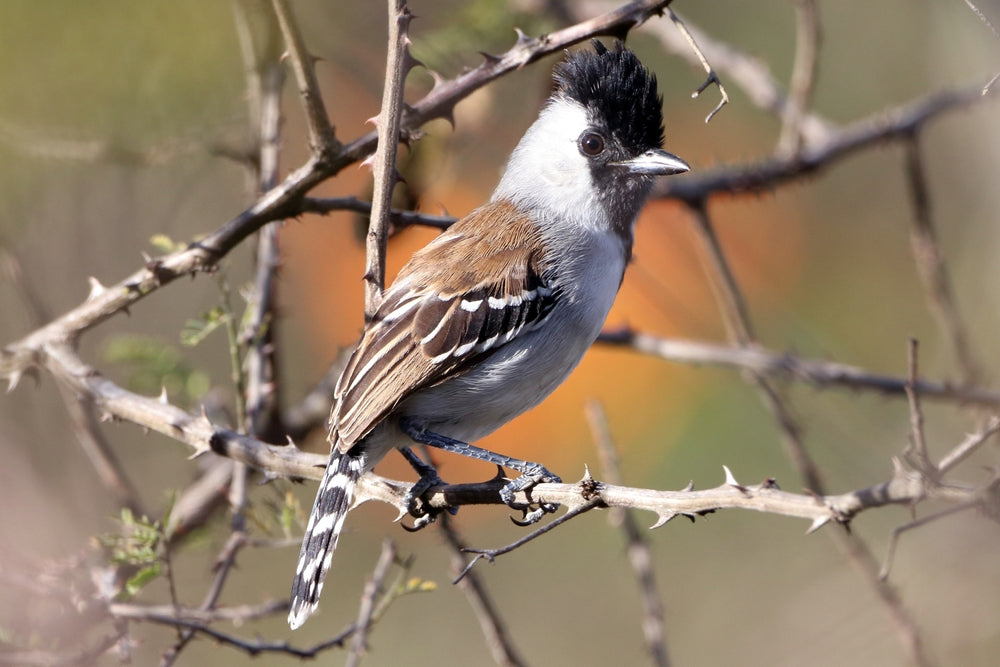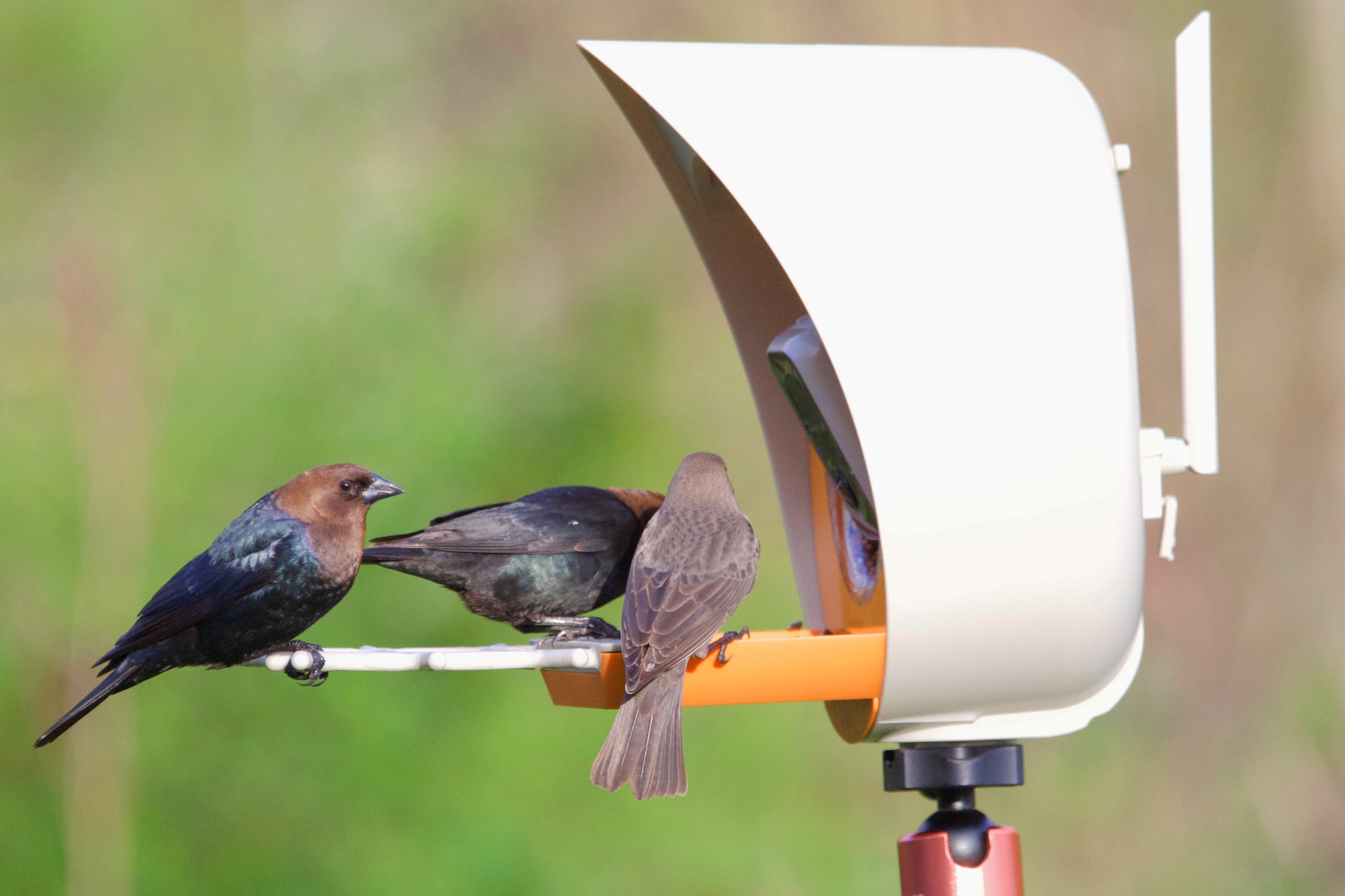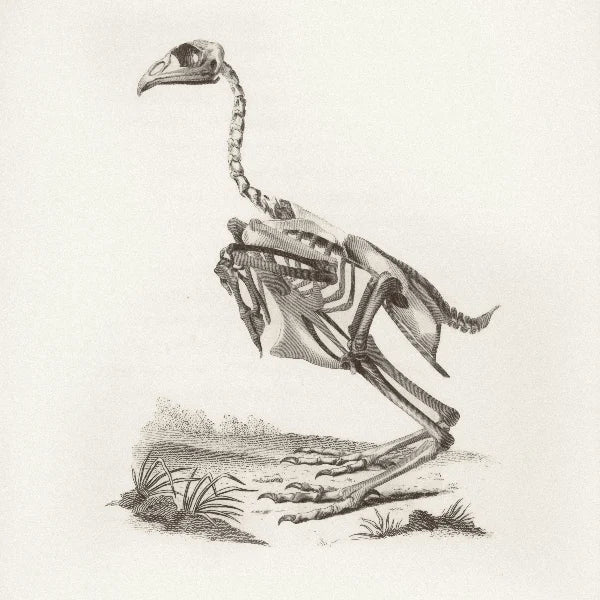Brazil's Caatinga, a vast semi-arid region known for its unique biodiversity, has recently made headlines with a surprising discovery in the birding world. Researchers have identified that what was once thought to be a single species is, in fact, two distinct species. This revelation not only highlights the region's ecological richness but also underscores the importance of continuous scientific exploration and conservation efforts.
The Discovery
In a groundbreaking study, ornithologists discovered that the Caatinga's population of Pectoral Sparrows, previously classified as a single species, actually comprises two separate species. This differentiation was made possible through meticulous analysis of their vocalizations, plumage, and genetic data. The newly identified species exhibit distinct differences in song patterns and physical characteristics, which had previously gone unnoticed.
Significance of the Discovery
-
Biodiversity Insight: The identification of these two distinct species adds to the known biodiversity of the Caatinga, reinforcing its status as a hotspot for endemic wildlife. This discovery can help in understanding the evolutionary processes that drive species diversity in such unique environments.
-
Conservation Implications: Recognizing these birds as separate species has profound implications for their conservation. Each species may have different habitat requirements and threats. Conservation strategies can now be tailored to protect the specific needs of each species, ensuring more effective preservation efforts.
-
Scientific Advancements: This discovery exemplifies the advancements in ornithological research, particularly in the use of bioacoustics and genetic analysis. It demonstrates how modern techniques can uncover hidden aspects of biodiversity that traditional methods might miss.
The Caatinga Ecosystem
The Caatinga is the only exclusively Brazilian biome, characterized by its dry, thorny vegetation. Despite its harsh climate, it supports a diverse range of flora and fauna, many of which are found nowhere else in the world. The region faces numerous threats, including deforestation, climate change, and agricultural expansion, making conservation efforts critical.
Conservation Efforts and Challenges
Efforts to conserve the Caatinga's unique biodiversity include creating protected areas, promoting sustainable land use practices, and conducting ongoing research to monitor species populations. However, these efforts are often hampered by limited funding, lack of awareness, and competing land use interests.
The Role of Public Awareness
Increasing public awareness about the unique biodiversity of the Caatinga and the recent discovery of new bird species can galvanize support for conservation initiatives. Educational programs and media coverage can play a vital role in highlighting the importance of preserving this unique ecosystem.
Conclusion
The revelation of new bird species in Brazil's Caatinga is a testament to the richness of the region's biodiversity and the importance of continued scientific research. It underscores the need for targeted conservation efforts to protect these newly discovered species and their habitats. As we deepen our understanding of the natural world, such discoveries remind us of the intricate complexities and wonders that still await our discovery.
For more details, please refer to the full article: Species surprise in Brazil’s Caatinga as one bird becomes two.




Leave a comment
All comments are moderated before being published.
This site is protected by hCaptcha and the hCaptcha Privacy Policy and Terms of Service apply.